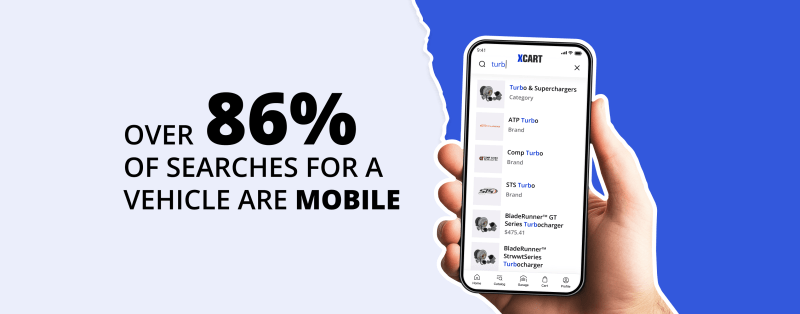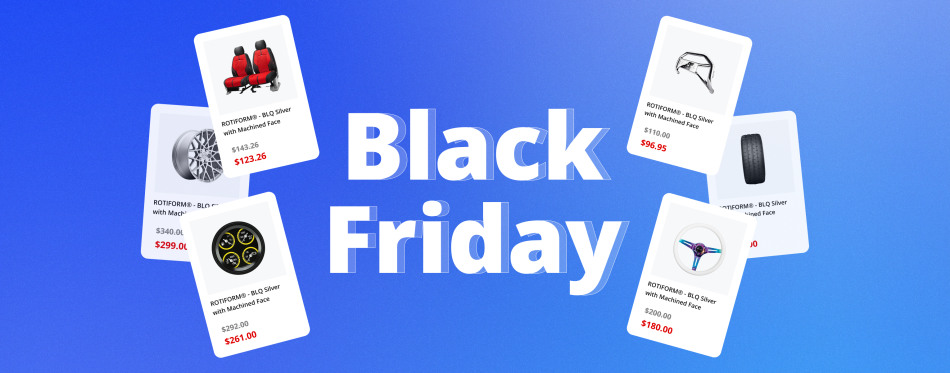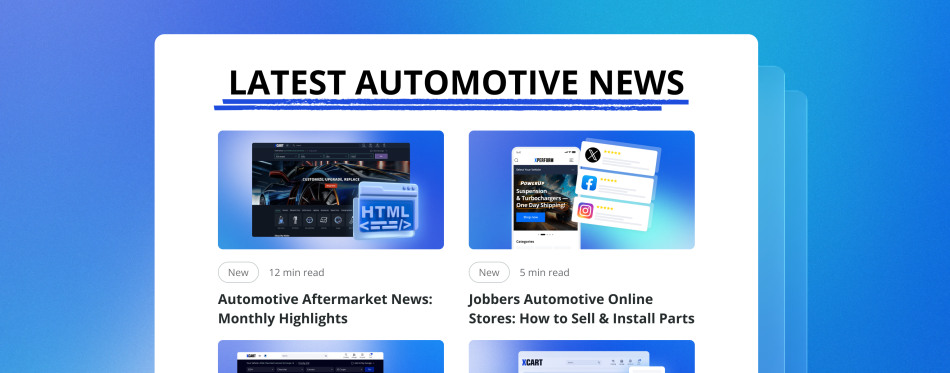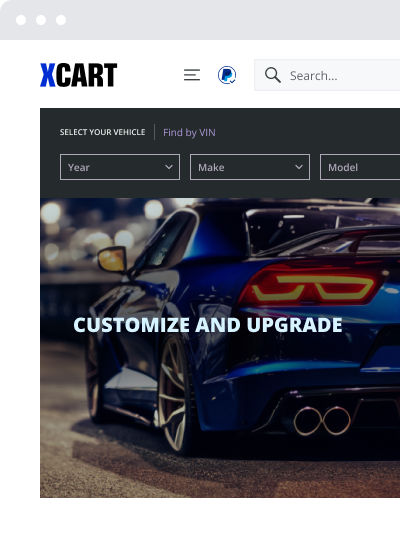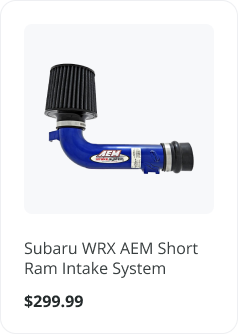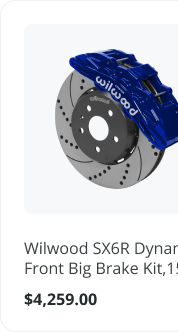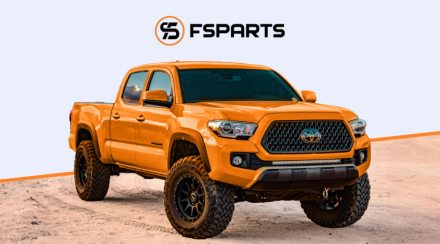Automotive Mobile Marketing Best Practices to Please Auto Shoppers
For decades, the automotive marketing playbook was a dusty tome: slick TV commercials featuring suspiciously empty coastal roads, glossy magazine spreads that smelled faintly of cologne, and some presence of the dealers. But that ground has violently shifted. We’re seeing mobile devices, hyper-informed consumers, and an almost pathological demand for instant gratification. That’s why you need a new way of promoting your auto parts—with automotive mobile marketing.
The mobile marketing efforts stretch beyond resizing your website for a smaller screen, a practice of mobile optimization from a decade ago. We are witnessing a fundamental rewiring of the parts and car-buying processes. The journey from a fleeting thought to the actual purchase is no longer a straight line but a tangled web of micro-moments happening almost exclusively on a mobile device.
Research shows that 86% of car buyers conduct vehicle research on their phones before visiting a dealership. This means the vast majority of your potential customers are making critical decisions online. Let’s see what mobile strategies you can employ to win your target audience that’s all over the phones.
1. Your Digital Showroom Is the Only One That Matters
Yes, your average car and parts potential buyer has transformed. They are running background mobile checks on your store through online review sites and Facebook likes, comparison shopping between you and the local competitors across town, watching hours of video testimonials, and more. All this demands a flawless mobile experience, because a clunky, slow-loading, non-intuitive mobile site is the digital equivalent of a salesperson ignoring the customer.
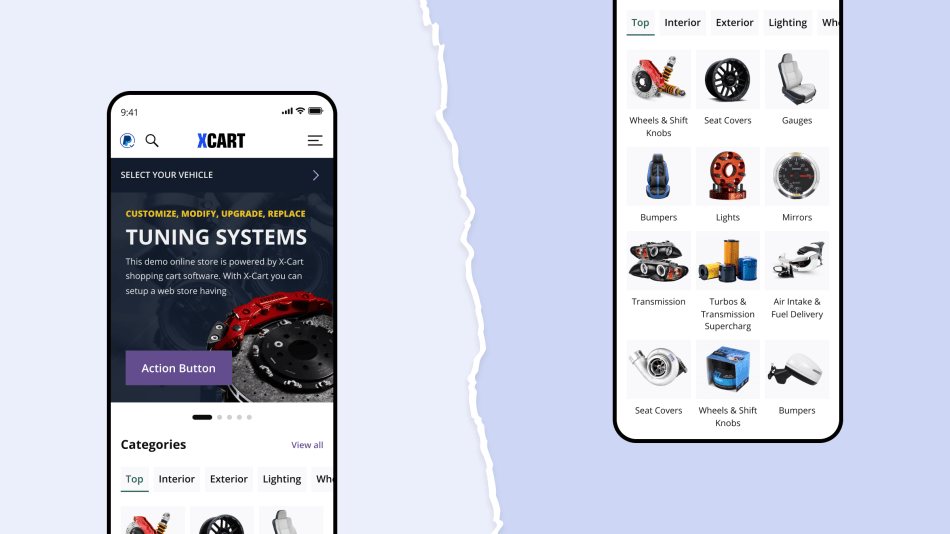
If your mobile site looks like it was designed in 1998, you’re losing lead generation and actively repelling auto shoppers. The good news is that you don’t need to reinvent the wheel and build mobile websites from scratch anymore. Instead, you can take advantage of the mobile-first automotive eCommerce templates, which are also SEO-friendly, and set up a full-scale adaptive online store in a month.
Already have an auto parts store? Learn how to promote it:
2. The Mobile App-ocalypse Now in the Automotive Industry
Today’s consumers are also addicted to apps. But is an app the right move for your automotive brand? It’s a seductive proposition. A dedicated mobile app is a phenomenal tool for fostering customer engagement and building loyalty long after the initial automotive sales transaction.
Look at My BMW or Mercedes me connect. They allow owners to remotely lock their doors, check their fuel level, schedule a test drive for a new model, and access exclusive brand content. It’s an unbroken line of communication that keeps the customer tethered to the brand ecosystem.
But for every brilliant app, there are a dozen that are buggy, intrusive, or plain useless. The internet is overflowing with horror stories from consumers forced to download an eCommerce app just to complete their purchase, and this is more than a bad customer experience. Before you sink six figures into app development, ask one simple question:
Does this genuinely serve my customer and can boost sales, or does it just serve my desire to send them more notifications?
3. AR and AI are Your New Sales Force for Mobile Strategies
Augmented reality (AR) and artificial intelligence (AI) have officially left the realm of science fiction and are now practical tools for automotive marketers eager to match shopping habits. Remember the time-consuming task of trying to imagine if a car would fit in your garage? Problem solved.
Autosync’s Visualizer for wheels and tires, for example, lets car owners try items on their precise vehicle virtually, and adjust even the tiniest things like lift to make sure the wheels will fit. It’s so convenient that 49% of consumers are willing to use AR for shopping. It’s an engaging experience that brings tangible results, builds consumer interest, and creates a powerful emotional connection.
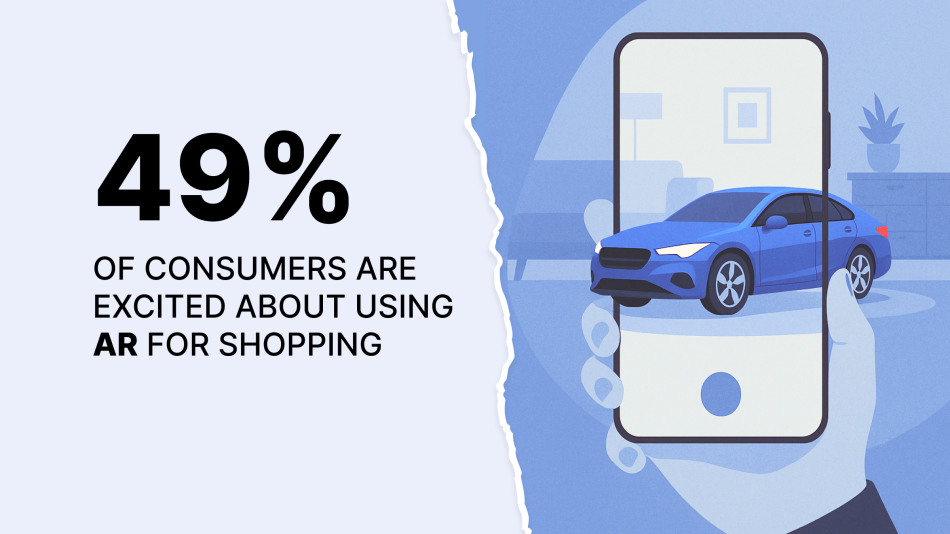
Then there’s AI, the brains behind many modern operations. X-Cart’s AI-powered search is a prime example. It can predict thousands of customer queries about various parts in real-time and fix typos. The result is usually a significant lift in customer engagement and brand recall. Because you take away the tiring part and let users enjoy their shopping.
4. Automotive-First Features, Even on Mobile
Mobile commerce is a big chunk of the lucrative parts market, projected to hit nearly $730 billion by 2030. But selling auto parts online is a complex business. You’re juggling fitment data, complex SKUs, and a labyrinthine catalog of makes, models, and years. The specialized eCommerce platform with various features made for auto parts will be essential for survival.
For a parts supplier looking to capture this online revenue, a shopping cart like Shopify, Web Shop Manager, or BigCommerce will be too generic despite all their advantages. This is precisely the problem X-Cart is built to solve. It’s engineered for the complexities of the auto industry, with built-in features for year/make/model lookup, VIN filtering, and seamless integration with massive parts catalogs.
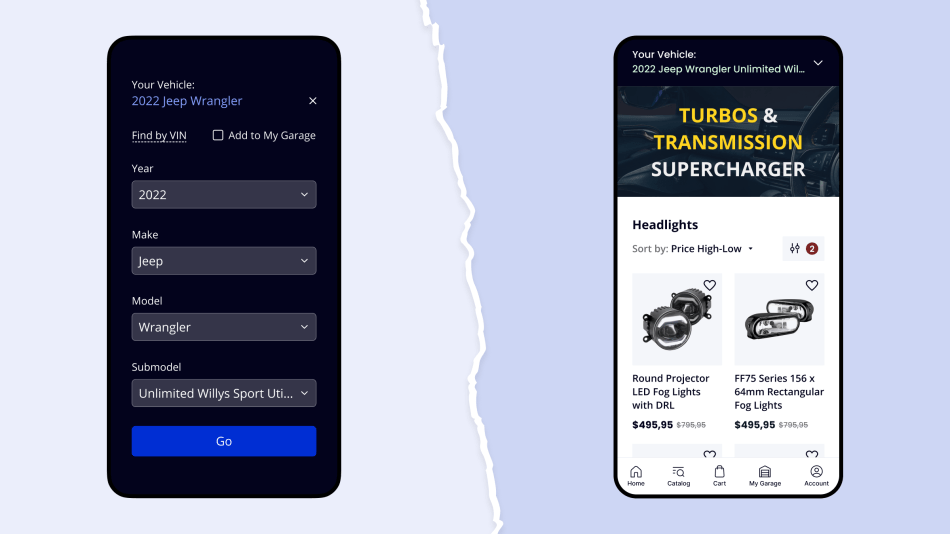
Over 40% of online auto parts and accessories sales are now made via a mobile device, according to data from automotive analytics. Trying to manage that volume and complexity without a purpose-built platform is like trying to assemble an engine with a butter knife. It’s messy, inefficient, and you’re going to lose parts.
Read more:
Automotive Marketing Strategy for Mobile: Learn or Be Left Behind
The automotive digital marketing landscape is unforgiving. A misstep in your automotive marketing strategy can go viral for all the wrong reasons. Volkswagen’s “Voltswagen” rebranding prank for April Fool’s Day is a classic example of an idea that likely sounded hilarious in a boardroom but backfired spectacularly, leading to accusations of misleading investors and the public. It was a stark reminder that in the age of instant information, authenticity and clarity come first.
Conversely, look at Hyundai. Their “Ioniq 5” launch was a masterclass in modern automotive mobile marketing. They built hype through a series of cryptic teasers on social media, used an AR filter to let users “see” the car’s interior, and created a seamless online reservation system that sold out the initial run in record time. They understood that the purchasing process now begins with a tap and a swipe.
The future of the automotive industry is being forged in the crucible of mobile technology. The brands that will thrive are the ones that aren’t afraid to tear up the old playbook, embrace the beautiful chaos of the digital world, and relentlessly focus on the customer experience. The power has shifted, the consumer preferences are in command, and their mobile phone is their scepter.
It’s a thrilling, terrifying, and exhilarating time to be in the automotive business! So, buckle up and equip yourself with a mobile-first automotive eCommerce platform. The road ahead is anything but straight.
Frequently Asked Questions
I get that a mobile-friendly site is important, but how exactly does better mobile optimization translate into actual automotive sales for my parts store?
People will just give up and leave on slow and non-intuitive websites. On the other hand, when your site is smooth, fast, and intuitive on a phone—that’s good mobile optimization—you’re adding a dozen express checkout lanes.
Customers can find what they need instantly, especially with features like year/make/model lookup that are perfect for small screens. This frustration-free experience means they’re far more likely to complete their purchase instead of bouncing to a competitor. Fewer abandoned carts and more completed transactions can boost your automotive sales.
We’re a smaller operation focused on lead generation. Do we really need to invest in complex tech like AI and AR?
It’s easy to see technologies like augmented reality and artificial intelligence and think they’re only for giants like BMW or Hyundai. But that’s the old way of thinking. Today, this tech is surprisingly accessible and incredibly powerful for lead generation, even for smaller businesses.
The tools are now available as part of the all-in-one platforms, like X-Cart. For example, under one subscription, you can have an AI-driven optimized search for users and Autosync Visualizer without the need to install them separately.
With so many different online shopping habits, is it better to build a mobile app or just focus on a really good mobile website?
This is a classic “it depends” situation, but we can break it down. An app is a powerful tool for building a loyal community of repeat customers. If your business model relies on frequent purchases, brand loyalty, and direct communication (like exclusive deals or service reminders), then developing an app could be a nice idea. The big automakers use them as a digital extension of the car ownership experience.
However, for most auto parts businesses, the vast majority of new customers will discover you through a search engine. They aren’t going to download an app just to make a one-time purchase. Forcing them to do so is a surefire way to lose the sale. The most practical and effective strategy is to first perfect your mobile website. It serves everyone, is discoverable, and caters to the modern shopping habits of browsing and one-off buys. Get that right first, and only consider an app when you have a dedicated customer base to serve with it.
My main goal is to increase automotive sales this year. What’s the single most important thing I should focus on for my mobile strategy?
If you have to pick just one thing, focus on this: Make it ridiculously easy for customers to buy the right part. The absolute biggest point of failure in online auto parts sales is fitment. A customer orders a part, it arrives, and it doesn’t fit their vehicle. You’ve now got an unhappy customer, a costly return to process, and zero chance of a repeat sale.
Your mobile strategy must be built on a foundation of flawless fitment data. This means having a platform with robust, mobile-friendly year/make/model and VIN lookup features right on the homepage. Don’t make users hunt for it. When a customer has 100% confidence that the part they’re adding to their cart is the correct one for their car, you’ve eliminated the biggest barrier to purchase.
All your marketing, your sleek design, and your competitive pricing mean nothing if the customer isn’t sure the part will fit. Nailing this part of the user experience will do more for your automotive sales than anything else.
About the author

